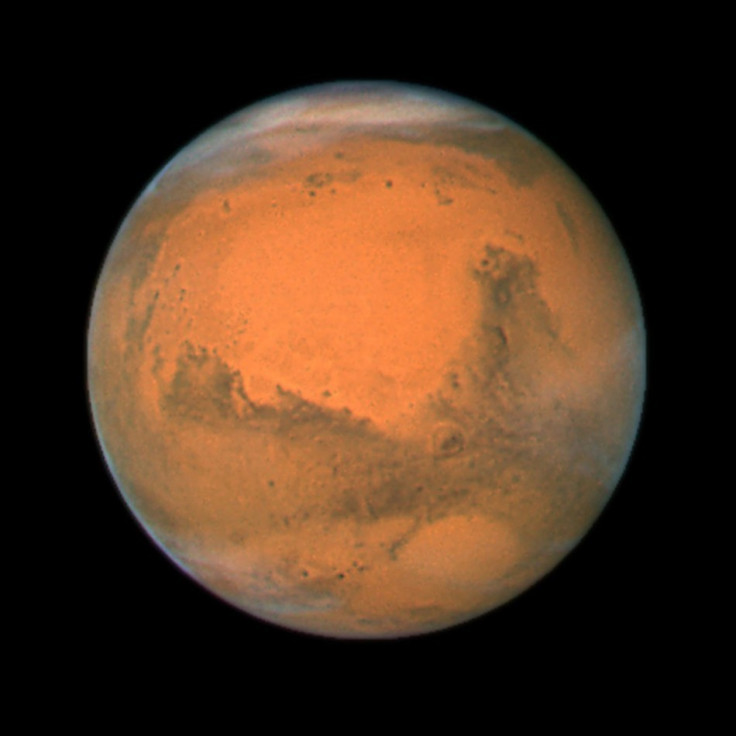Elon Musk's SpaceX Red Dragon set for Mars odyssey in 2018
Mars human colony, here we come. The billionaire founder of SpaceX, Elon Musk, has announced the company has entered into an agreement with Nasa to launch a Dragon mission to Mars as early as 2018.
The next-generation spacecraft, known as the Red Dragon in honour of the Red Planet — an evolution of the Dragon 2 capsule — will fly on the Falcon Heavy rocket, also an updated version of the current Falcon 9, which could make its debut at Florida's Kennedy Space Center as early as 2016, reports the Verge.
The big trip would be the first major step toward realising Musk's dream of a human settlement on the distant rock. No astronauts will be along for the ride the first time, said Musk, because the capsule, about the size of an SUV, wouldn't afford much room.
"Wouldn't be fun for longer journeys," Musk explained in a tweet.
But wouldn't recommend transporting astronauts beyond Earth-moon region. Wouldn't be fun for longer journeys. Internal volume ~size of SUV.
— Elon Musk (@elonmusk) April 27, 2016
The aerospace company has said, "Red Dragon missions to Mars will help inform the overall Mars colonisation architecture that SpaceX will reveal later this year."
California-based SpaceX is already using the "traditional" Dragon capsules for supply runs to the International Space Station (ISS). The company could start flying Americans to the station by the end of 2017.

The new and improved Dragon tapped to head to Mars is designed to land anywhere in the solar system. It's equipped with eight SuperDraco engines that allow the capsule to touch down on solid ground in a propulsive landing.
Musk plans to unveil some specifics of his grand vision for a human city on Mars — such as the Mars Colonial Transporter and associated architecture at the International Astronautical Conference in Guadalajara, Mexico in September 2016.
"I think it's going to sound pretty crazy. So it should be at least entertaining," he told reporters.
@zpower @elonmusk this is what I’m thinking (artist’s conception - not a real photograph) pic.twitter.com/QhgryoLRDu
— Chris Ziegler (@zpower) April 27, 2016
Musk believes that re-using rockets is the key to reducing launch costs and opening up space. The company has managed to land a first-stage booster on land, as well as on an ocean platform. The recently retrieved booster could fly again on another satellite mission soon.
Nasa has its own Mars exploration programme and hopes to send astronauts to the planet in the 2030s. The space agency contracted out space station deliveries to SpaceX in order to focus its own efforts on the Mars goal.
Nasa's deputy administrator, Dava Newman, said the space agency will offer technical support to Musk's company in exchange for Red Dragon's descent and landing data from Mars. Support won't include money, Newman added.
"Sending astronauts to Mars, which will be one of the greatest feats of human innovation in the history of civilisation, carries with it many, many puzzles to piece together," Newman wrote in a blog. "That's why we at Nasa have made it a priority to reach out to partners in boardrooms, classrooms, laboratories, space agencies and even garages across our country and around the world."
If SpaceX completes this mission successfully, the Red Dragon will be one of the largest things ever to land on Mars. SpaceX has claimed that the Red Dragon will weigh between five and 10 times more than any other vehicle that has landed on Mars until date.
© Copyright IBTimes 2025. All rights reserved.






















